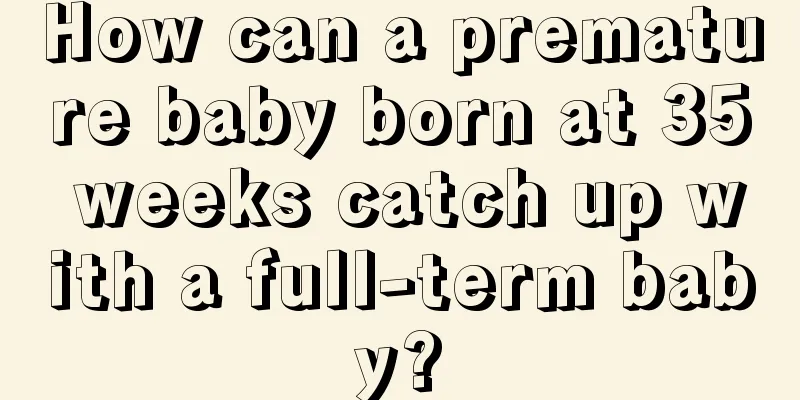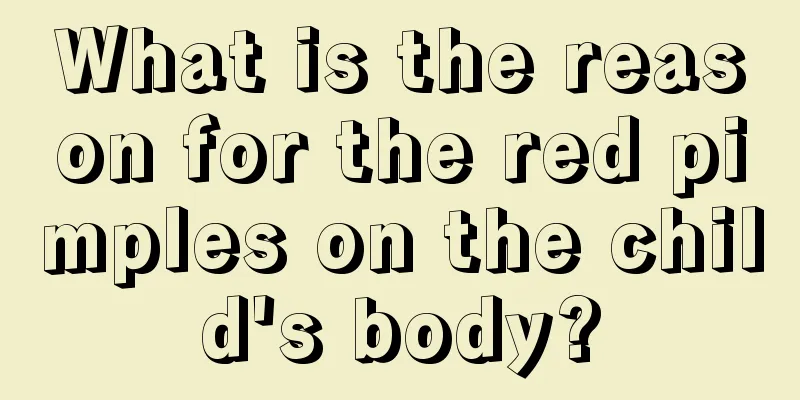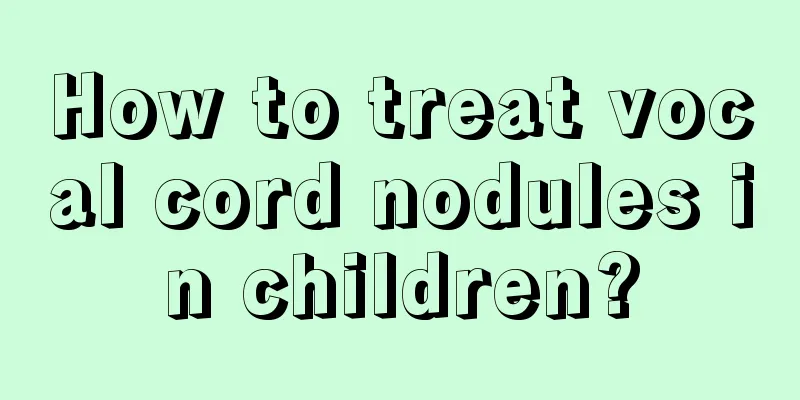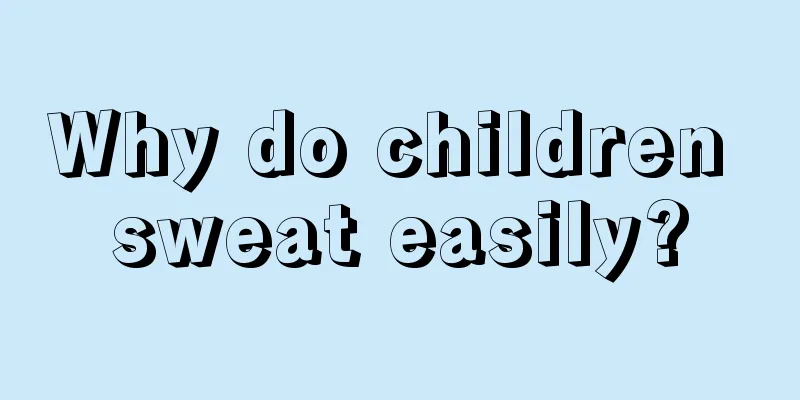What to do if your child has a fever after eating

|
In fact, food accumulation is food stagnation, which is generally a manifestation of food that cannot be digested in the stomach. This situation may lead to the occurrence of some diseases, including fever. Generally, the symptoms of fever caused by this reason are somewhat different from those of ordinary fever. It will also cause some other symptoms. So what should we do if children have a fever after eating? Babies' food fever is usually caused by overeating and indigestion. The same physical cooling method can be used. You can put a cooling patch on the head, unbutton the clothes to dissipate heat, wipe the hands, feet and armpits with warm water, and drink more water. You can also boil water with coriander, white radish, ginger and some rock sugar, which is also helpful for reducing fever. After the fever subsides, give the baby some porridge, such as yam porridge to regulate the spleen and stomach. Fever may occur after indigestion, but recurrent high fever is not possible. This child has recurring fever, and the cause needs to be found. If there are no other symptoms, the most common cause is respiratory tract infection. It is necessary to go to the hospital for a routine blood test to identify the pathogen of the infection and then choose drugs for more targeted treatment. Eat small meals frequently: If you find that your baby has a fever after eating the wrong food, you should first pay attention to adjusting the baby's diet. If the baby really doesn't want to eat, don't force him to eat. If the baby wants to eat, you can give him some porridge, rice soup and the like. If the baby is still breastfeeding, just eat breast milk or milk powder to prevent the baby's spleen and stomach from being burdened and causing the fever symptoms to worsen. In addition, you can also give your baby some hawthorn water or diluted rice vinegar water, which can help strengthen the stomach and aid digestion. However, you should also be careful not to give your baby too much at one time to prevent other discomfort symptoms. Rub the belly: When the baby has a fever after eating, parents can often use their hands to circle and rub the baby's belly button area, which can help speed up gastrointestinal movement and accelerate digestion. Drink more water: Drinking water can help babies stimulate gastrointestinal motility, improve digestion ability and promote excretion. The excretion of water in the body can also help lower the baby's body temperature. Therefore, it is also a very effective method to treat babies' fever after eating. Take appropriate methods to help your baby reduce fever: If the baby's temperature is below 37.5 degrees when he has a fever after eating, parents can let the baby rest more. They can use cooling patches or use a wet towel dipped in warm water to wipe the armpits, knees, palms and other parts to reduce the temperature. If the baby's temperature rises to 38.5 degrees, you should take the appropriate dose of antipyretic medicine according to the baby's weight in time to reduce the temperature. |
<<: What happens if children eat too much vitamin C?
>>: Is nebulization good for children with bronchitis?
Recommend
What are the causes of sleepwalking in children?
I believe everyone has seen sleepwalking, which i...
How to treat rickets in children
In early childhood, many children will suffer fro...
Introducing several physical cooling methods for infants with fever
Here are some physical methods to reduce fever in...
Three-year-old baby's soles peeling
Three-year-old babies are still relatively weak, ...
How to educate a 2-year-old baby_Education for a 2-and-a-half-year-old baby
Nowadays, parents have paid more and more attenti...
Why does a child cough in the morning?
Traditional Chinese medicine emphasizes symptomat...
What to do if your one-year-old baby has food accumulation
A one-year-old baby can be said to be in a very i...
The child has diarrhea after drinking milk powder
When children change their milk powder, they ofte...
Twenty-month-old baby recipe steps
Babies approaching two years old need more nutrit...
What to do if the baby does not drink boiled water
The most common drink in daily life is boiled wat...
The dangers of cerebral palsy in children
We also call cerebral palsy in children cerebral ...
How to correct the symptoms of children's hunchback
If we want to correct our children's hunchbac...
The reason why babies fart a lot
Parents think it's fun when babies fart occas...
How to quickly get rid of phlegm in children
Many children have some phlegm in their throats w...
What does polio mean?
When a disease like polio occurs, we need to acti...









